Podam (포담)
18.2Km 2021-03-22
11, Jahamun-ro, 9-gil, Jongno-gu, Seoul
+82-2-733-0831
A store featured in Korean gourmet programs. This Chinese (cuisine) restaurant is located in Jongno-gu, Seoul. The most famous menu is dim sum.
JDX - Jongno Branch [Tax Refund Shop] (JDX 종로)
18.2Km 2024-04-19
1F, 236-1, Jong-ro, Jongno-gu, Seoul
-
Jinokhwa Halmae Wonjo Dakhanmari (진옥화할매원조닭한마리)
18.2Km 2024-03-04
18 Jong-ro 40ga-gil, Jongno-gu, Seoul
+82-2-2275-9666
Jinokhwa Halmae Wonjo Dakhanmari is a renowned restaurant located in the alley of whole chicken soup near Dongdaemun Market, operating since 1978. Its specialty is dakhanmari (whole chicken soup), a whole chicken boiled in savory and rich broth. Adding finely chopped green onions enhances its refreshing flavor. The chewy rice cakes dipped in the seasoned sauce are also delightful. Additionally, it's customary to enjoy the remaining broth by mixing it with seasoning sauce and noodles, creating a delicious kalguksu (noodle soup).
LG Best Shop - Moran Station Branch [Tax Refund Shop] (엘지베스트샵 모란역점)
18.2Km 2024-04-19
100, Dunchon-daero, Jungwon-gu, Seongnam-si, Gyeonggi-do
-
Dongdaemun Dak Hanmari Alley (서울 동대문 닭한마리 골목)
18.2Km 2024-03-04
37-7, Jongno 5(o)-ga, Jongno-gu, Seoul
+82-2-2236-9135
Located near the Dongdaemun Market, Dongdaemun Dak Hanmari Alley gets its name from the restaurants serving dak hanmari (whole chicken soup) that line the alley. Dak hanmari (whole chicken soup), literally “one whole chicken” in Korean, is a dish where a whole chicken is boiled in a soup and served with the alley’s special sauce. After the diners eat the meat, the broth is used to make kalguksu (noodle soup). Because the area is home to large-scale apparel and fashion material markets of the Dongdaemun Market, the district is always lively and bustling.
Lee Ri-Ja Hanbok Museum (이리자 한복전시관)
18.2Km 2022-08-08
20, Samcheong-ro, Jongno-gu, Seoul
+82-2-734-9477
The Lee Ri-Ja Hanbok Museum displays the traditional clothing worn in Korea from birth to death. All hanbok displayed at the museum are created by the hanbok designer Lee Ri-Ja herself, who has over 40 years of experience.
Olive Young - Sangam MBC Branch [Tax Refund Shop] (올리브영 상암MBC)
18.2Km 2024-04-17
Store #102, 1F MBC Broadcastin Station Shopping Center, 267, Seongam-ro, Mapo-gu, Seoul
-
Maxtyle (맥스타일)
18.2Km 2022-12-29
3, Majang-ro, Jung-gu, Seoul
+82-2-2218-6789
Maxtyle is an exclusive fashion mall and multipurpose cultural space located in the area of Dongdaemun Fashion District. The name, “Maxtyle,” is a shortened form of the phrase “maximum style.” The mall is comprised of seven underground and eight aboveground levels. The mall aims to become the leader in both fashion and culture, providing customers with high-quality merchandise at great prices.
Daeo Bookstore (대오서점)
18.2Km 2024-10-14
55 Jahamun-ro 7-gil, Jongno-gu, Seoul
Daeo Bookstore is the oldest bookstore in Seoul that has been maintained in one place since it opened in 1951. Recently, it has been refurbished as a cultural space with a cafe, where one can enjoy coffee, exhibitions, and performances while looking at the yard. Visitors who just want to browse can purchase a souvenir postcard set for admission. Taking a closer look at books that feel the years and objects that have traces of use, they appear to come rather new.
Haemul Saryeongbu (해물사령부)
18.2Km 2021-03-19
10, Jong-ro 31ga-gil, Jongno-gu, Seoul
+82-2-763-8882
Blowfish broth is used for all dishes. The representative menu is braised beef short ribs and seafood/braised spareribs and seafood. This is a Korean cuisine located in Jongno, Seoul.
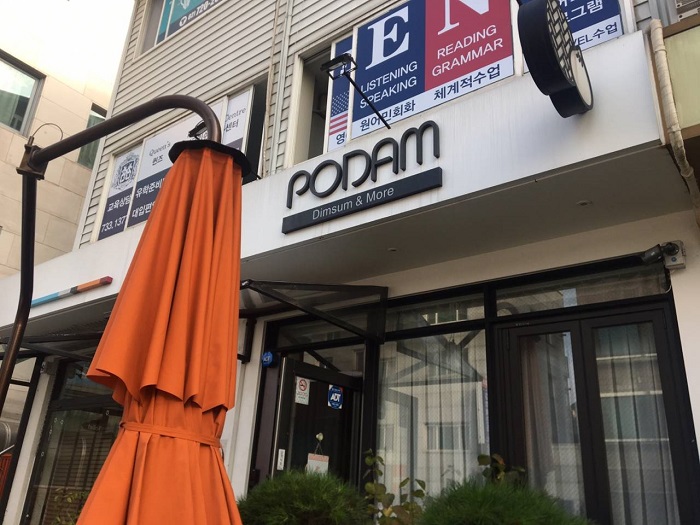

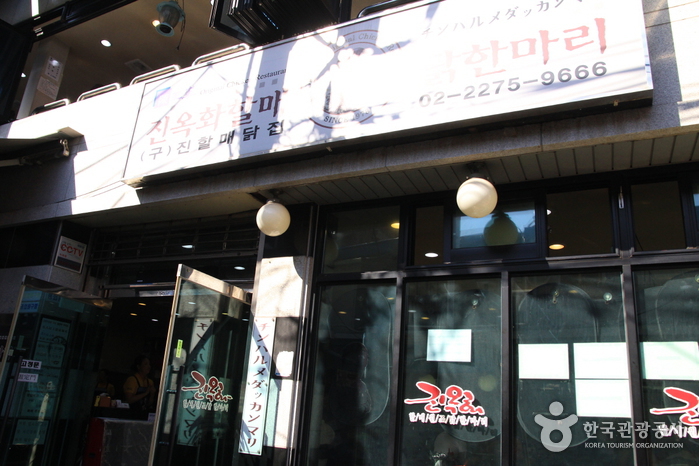
![LG Best Shop - Moran Station Branch [Tax Refund Shop] (엘지베스트샵 모란역점)](http://tong.visitkorea.or.kr/cms/resource/50/2881650_image2_1.jpg)
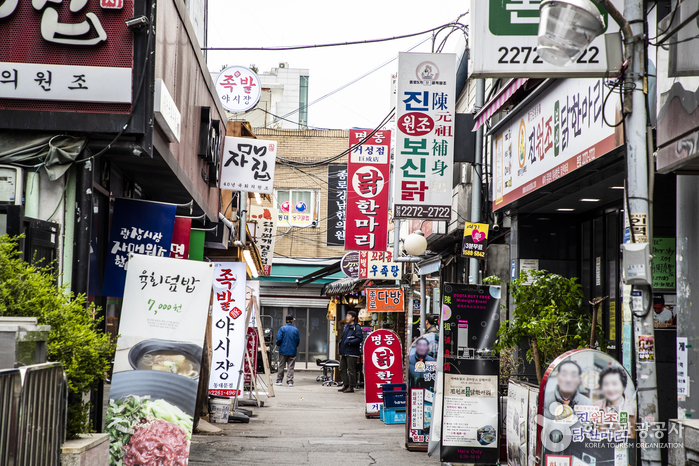
![Olive Young - Sangam MBC Branch [Tax Refund Shop] (올리브영 상암MBC)](http://tong.visitkorea.or.kr/cms/resource/77/2888177_image2_1.jpg)
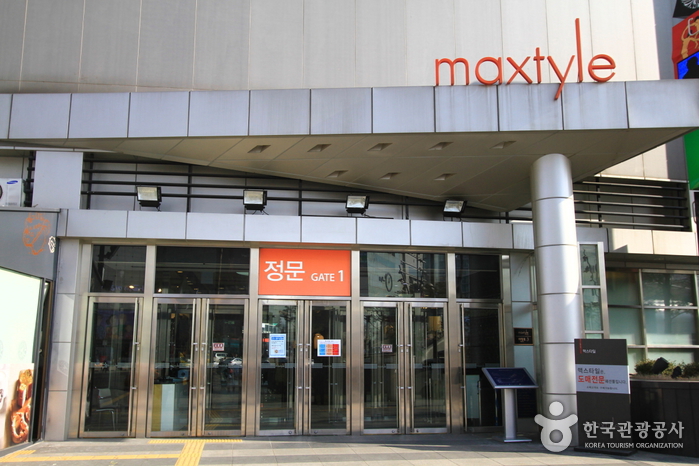
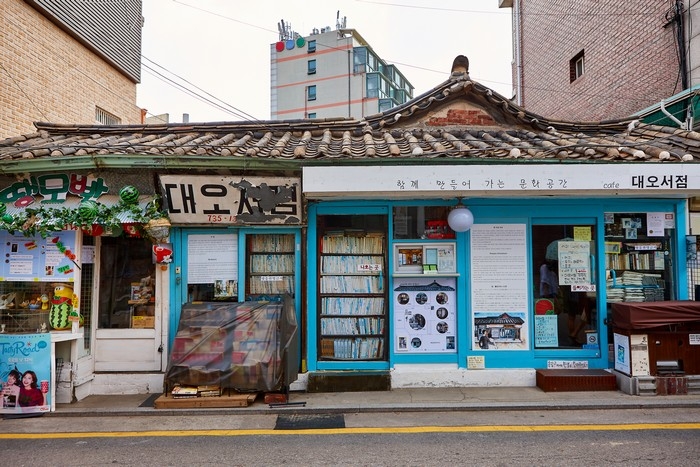
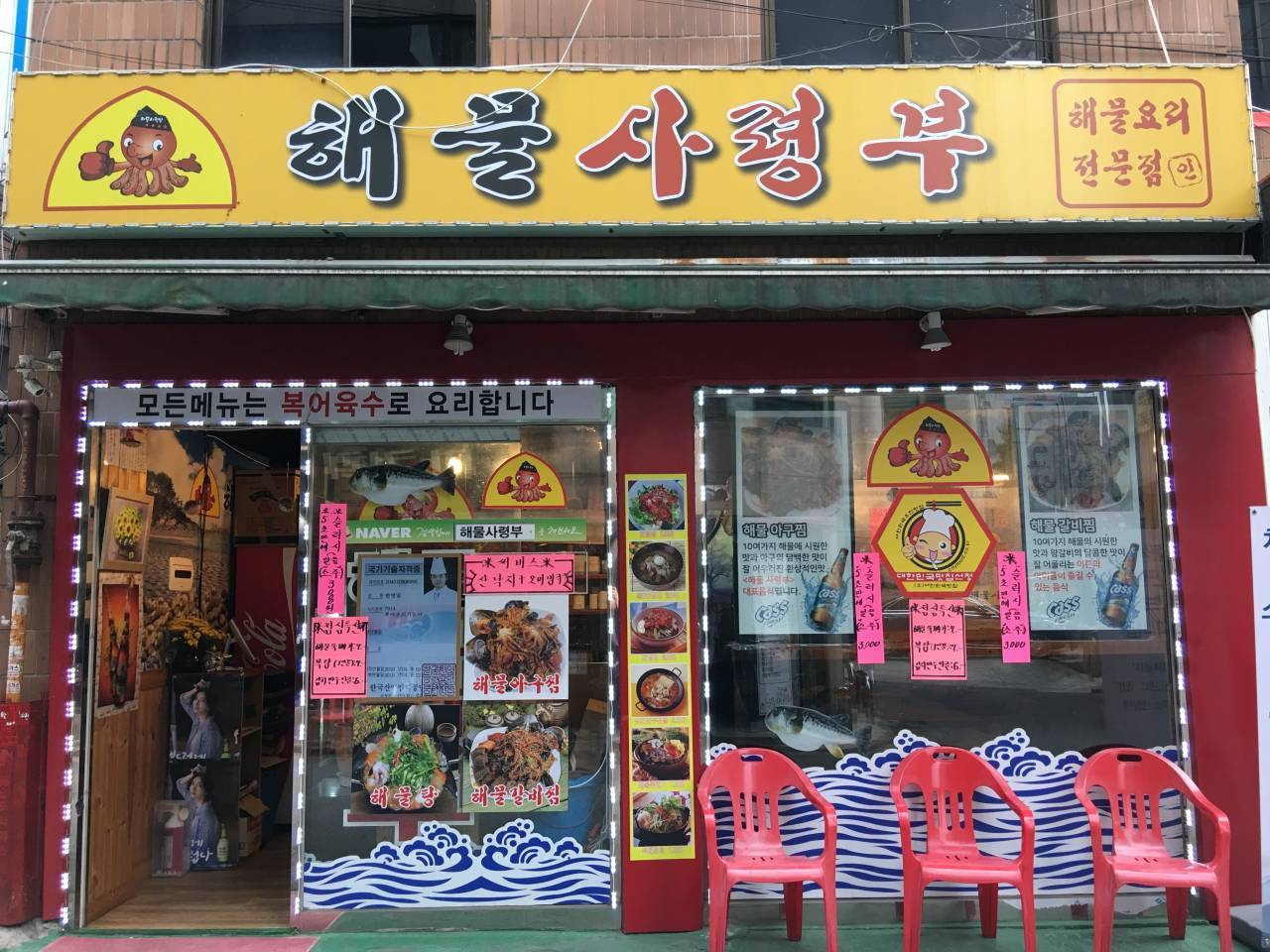
 English
English
 한국어
한국어 日本語
日本語 中文(简体)
中文(简体) Deutsch
Deutsch Français
Français Español
Español Русский
Русский